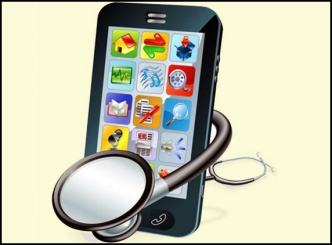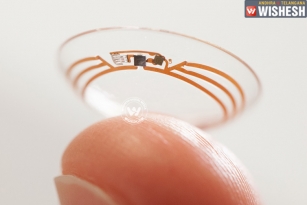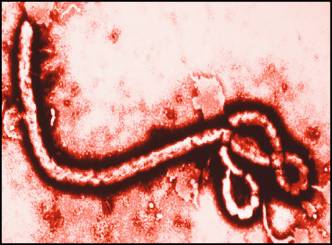
What are the types of Diabetes in Pregnancy?
Pregnancy Diabetes is a very important area, which needs special attention and very close supervision both by Obstetrician and Diabetes physician. Diabetic pregnancies are mainly of two types. First one is women with known diabetes either type 1 or 2 becoming pregnant called pre-gestational Diabetes. The other is diabetes for the first time detected in the current pregnancy what is called Gestational Diabetes. Your Obstetrician will check this as part of routine antenatal check up. Most of the cases you do not require insulin after delivery. Your blood sugar should be checked 6 weeks after delivery (GTT) to make sure that Diabetes has disappeared.
Who are at risk of developing Diabetes in Pregnancy?
Any of the following conditions can be a risk for developing diabetes in pregnancy: obesity, family history of diabetes, high blood pressure, birth of big baby in the last pregnancy, pregnancy after 35 years of age, history of unexplained loss of baby in uterus before. This high risk women should be carefully looked for diabetes by frequent monitoring rather than waiting for symptoms of diabetes to appear.
Why is it important to treat Diabetes in Pregnancy?
It is important to treat Diabetes in pregnancy for a safe confinement. Some potential risks to the foetus if sugars are uncontrolled include:
The baby"s body is larger than normal-called macrosomia. A large baby may need to be delivered by cesarean section, instead of naturally through the vagina.
The baby"s blood sugar is too low-called hypoglycemia. Starting to breastfeed right away can help get more glucose to the baby. The baby may also need to get glucose through a tube into his or her blood.
The baby"s skin turns yellowish and the whites of the eyes may chan
ge color-called jaundice. This condition is easily treated and is not serious if treated.
The baby may have trouble breathing and need oxygen or other help-called Respiratory Distress Syndrome.
The baby may have low mineral levels in the blood. This problem can causes muscle twitching or cramping, but can be treated by giving the baby extra minerals














